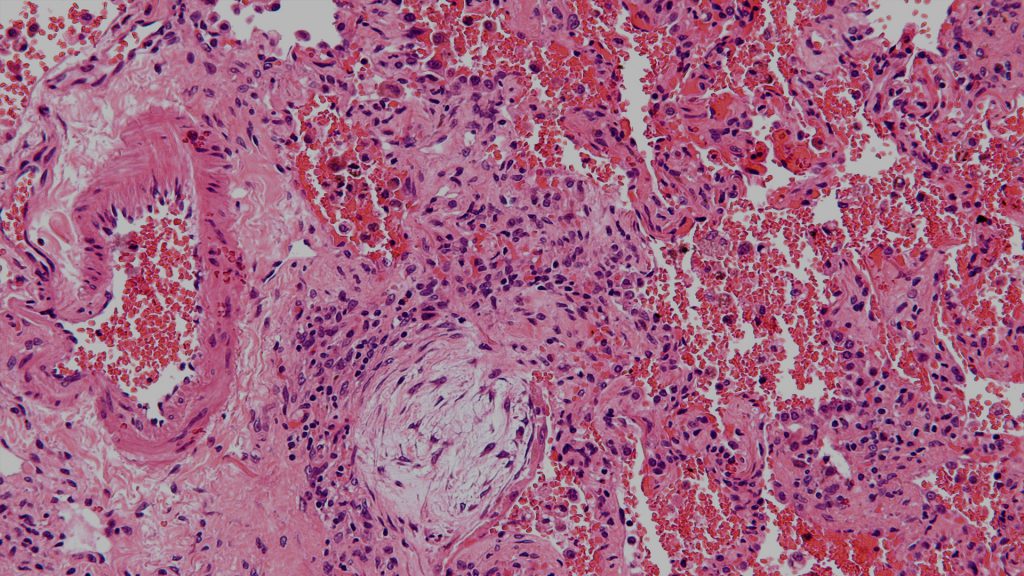Corticosteroid drugs that are given by inhalers to children with asthma may suppress their growth, evidence suggests. Two new systematic reviews published in The Cochrane Library focus on the effects of inhaled corticosteroid drugs (ICS) on growth rates. The authors found children’s growth slowed in the first year of treatment, although the effects were minimised by using lower doses.
Inhaled corticosteroids are prescribed as firstline treatments for adults and children with persistent asthma. They are the most effective drugs for controlling asthma and clearly reduce asthma deaths, hospital visits and the number and severity of exacerbations, and improve quality of life. Yet, their potential effect on the growth of children is a source of worry for parents and doctors. Worldwide, seven ICS drugs are currently available: beclomethasone, budesonide, ciclesonide, flunisolide, fluticasone, mometasone and triamcinolone. Ciclesonide, fluticasone and mometasone are newer and supposedly safer drugs.
The first systematic review focused on 25 trials involving 8,471 children up to 18 years old with mild to moderate persistent asthma. These trials tested all available inhaled corticosteroids except triamcinolone and showed that, as a group, they suppressed growth rates when compared to placebos or nonsteroidal drugs. 14 of the trials, involving 5,717 children, reported growth over a year. The average growth rate, which was around 69 cm per year in control groups, was reduced by about 0.5 cm in treatment groups.
“The evidence we reviewed suggests that children treated daily with inhaled corticosteroids may grow approximately half a centimeter less during the first year of treatment,” said lead author of the review, Linjie Zhang, who is based at the Faculty of Medicine at the Federal University of Rio Grande in Rio Grande, Brazil. “But this effect is less pronounced in subsequent years, is not cumulative, and seems minor compared to the known benefits of the drugs for controlling asthma and ensuring full lung growth.”
In the second review, the same authors, working with two others, reviewed data from 22 trials in which children were treated with low or medium doses of inhaled corticosteroids. These trials tested different doses of all drugs except triamcinolone and flunisolide. Only three trials followed 728 children for a year or more, with one of these trials testing three different dosing regimens. In the three trials, using lower doses of the inhaled corticosteroids, by about one puff per day, improved growth by a quarter of a centimetre at one year.
The researchers found that growth suppression varied across studies, and so they looked at the relationship between a variety of factors and their effects on growth. Some of the variation could be explained by the drugs used, although since this was an indirect comparison the authors say more evidence is needed. “Conclusions about the superiority of one drug over another should be confirmed by further trials that directly compare the drugs,” said Zhang.
More long-term trials and trials comparing different doses are also needed, particularly in children with more severe asthma requiring higher doses of inhaled corticosteroids, the researchers conclude. “Only 14% of the trials we looked at monitored growth in a systematic way for over a year. This is a matter of major concern given the importance of this topic,” said Francine Ducharme, one of the authors of both reviews and senior author of the second review, based at the Department of Paediatrics at the University of Montreal in Montreal, Canada. “We recommend that the minimal effective dose be used in children with asthma until further data on doses become available. Growth should be carefully documented in all children treated with inhaled corticosteroids, as well in all future trials testing inhaled corticosteroids in children.”
Source:http://www.wiley.com/


